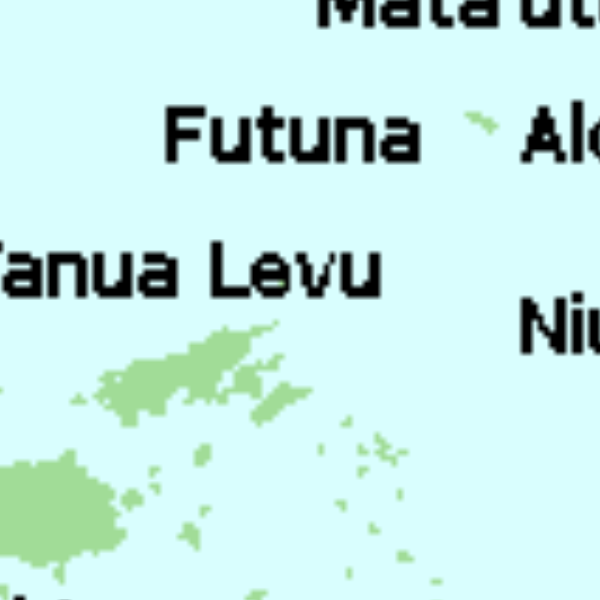Revolutions

Tu'i Tonga Empire Map
The Tu’i Tonga Empire was an Oceanic maritime chiefdom centered on the island of Tongatapu, the main island of Tonga, and flourished between 1200-1500 CE.

Short Teaching Module: Indian Immigrants and U.S. Citizenship in an Imperial Context
Scholars often study citizenship and denaturalization in national frameworks. The history of legal status and its attendant politics and bureaucratic processes in the United States has long been tied to imperial constellations however.

Britain pressures U.S. to revoke citizenship of Indian activist
The US press often carried news of diplomatic issues in its headlines. This included references to matters of citizenship.

U.S. targets Indian activist, Taraknath Das
During World War I, U.S. and British officials expanded a transimperial surveillance apparatus designed to police enemy aliens and foreign threats. U.S.
Speech by U.S. Civil Rights Leader Robert Williams, 1966
American civil rights leader Robert Williams delivered this speech on August 8th,1966 at a demonstration in Beijing commemorating the third anniversary of Mao Tse-tung’s “Statement

"The Problems of Third World Development"
The text is an excerpt from the 1974 Houari Boumédiène’s speech to t

Short Teaching Module: Colonialism and Local Power
Colonialism and imperialism can take many forms, but more often than not these do not entail direct and strict control from a distant imperial metropole.

Chinese Troops during the Xinhai Revolution
Image of Chinese troops dispatched by the Shanghai daotai of the collapsing Qing Dynasty to protect Xujiahui during the Xinhai Revolution.

First Sounds of the Hymn of Independence
The nation of Brazil declared its independence from Portugal on September 7, 1822 after three centuries of colonial rule. At this time, Brazil was ruled by Emperor Pedro I (1822-1831).

Death Mask of Pancho Villa
Pancho Villa (1878-1923) was a leading figure in the Mexican Revolution, which lasted from 1910-1920. The revolution began with the overthrow of President Porfirio Diaz, who had been in power for 31 years.